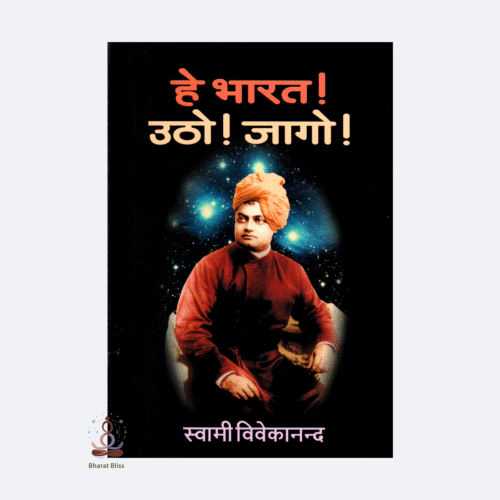Children: Humanity’s Greatest Assets
Children are the most precious treasure of humanity. They carry within them the hopes and dreams of tomorrow. With their innocence, curiosity, and boundless energy, children have the power to inspire, to heal, and to bring joy to those around them. Their laughter lights up the darkest corners, and their imagination knows no limits.
Every child is a seed of potential — a future leader, innovator, artist, or healer. When nurtured with love, education, and care, they grow into individuals who shape a better world. Children remind us of what it means to be kind, to forgive, and to see the world through a lens of wonder and possibility.
It is our responsibility as a society to protect, guide, and empower our children. They are not just our future; they are also the heart of our present. Investing in children means investing in peace, progress, and a more compassionate world.
In their smiles lies the promise of a brighter tomorrow. Truly, children are humanity’s greatest assets.













